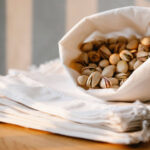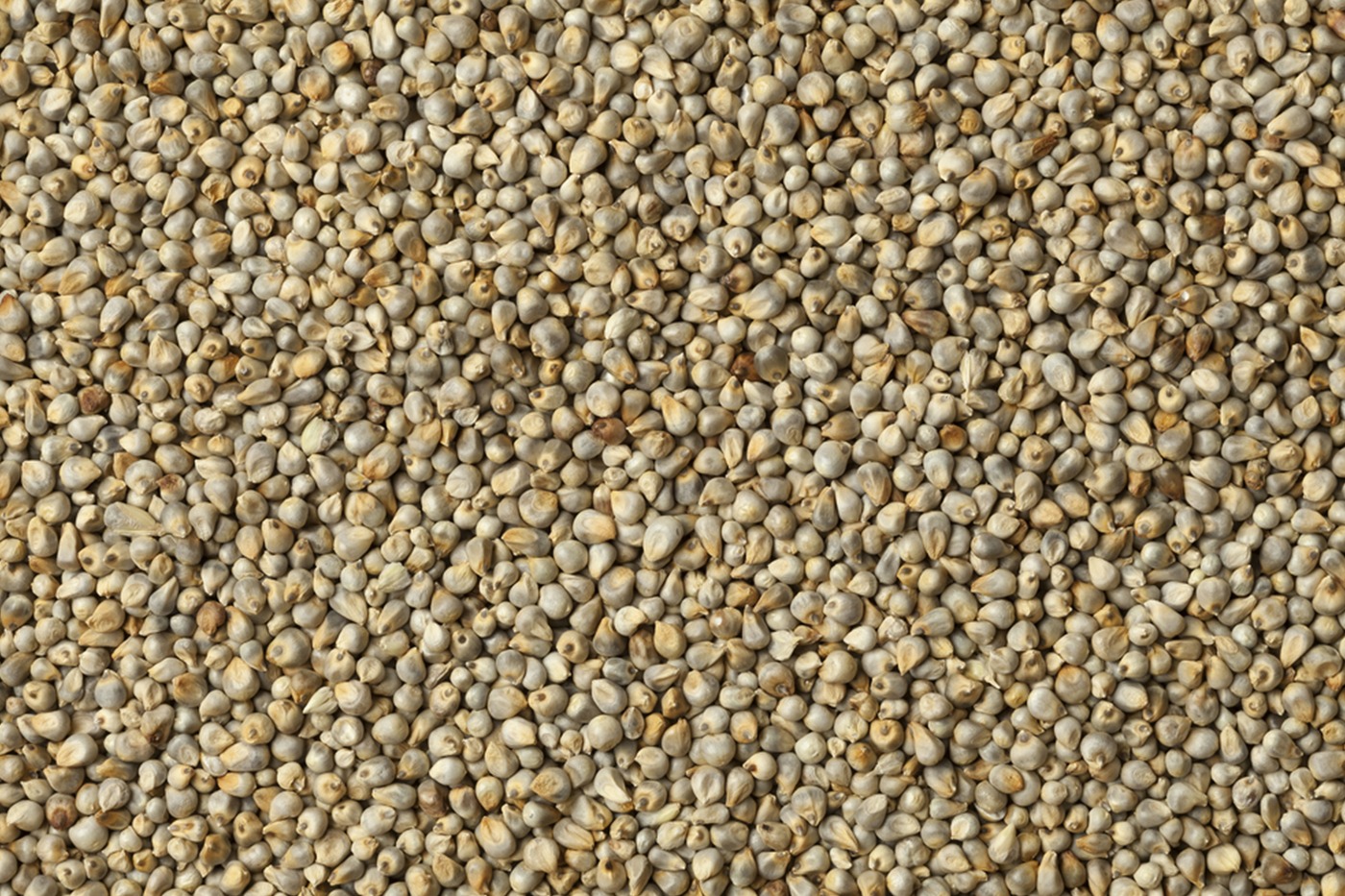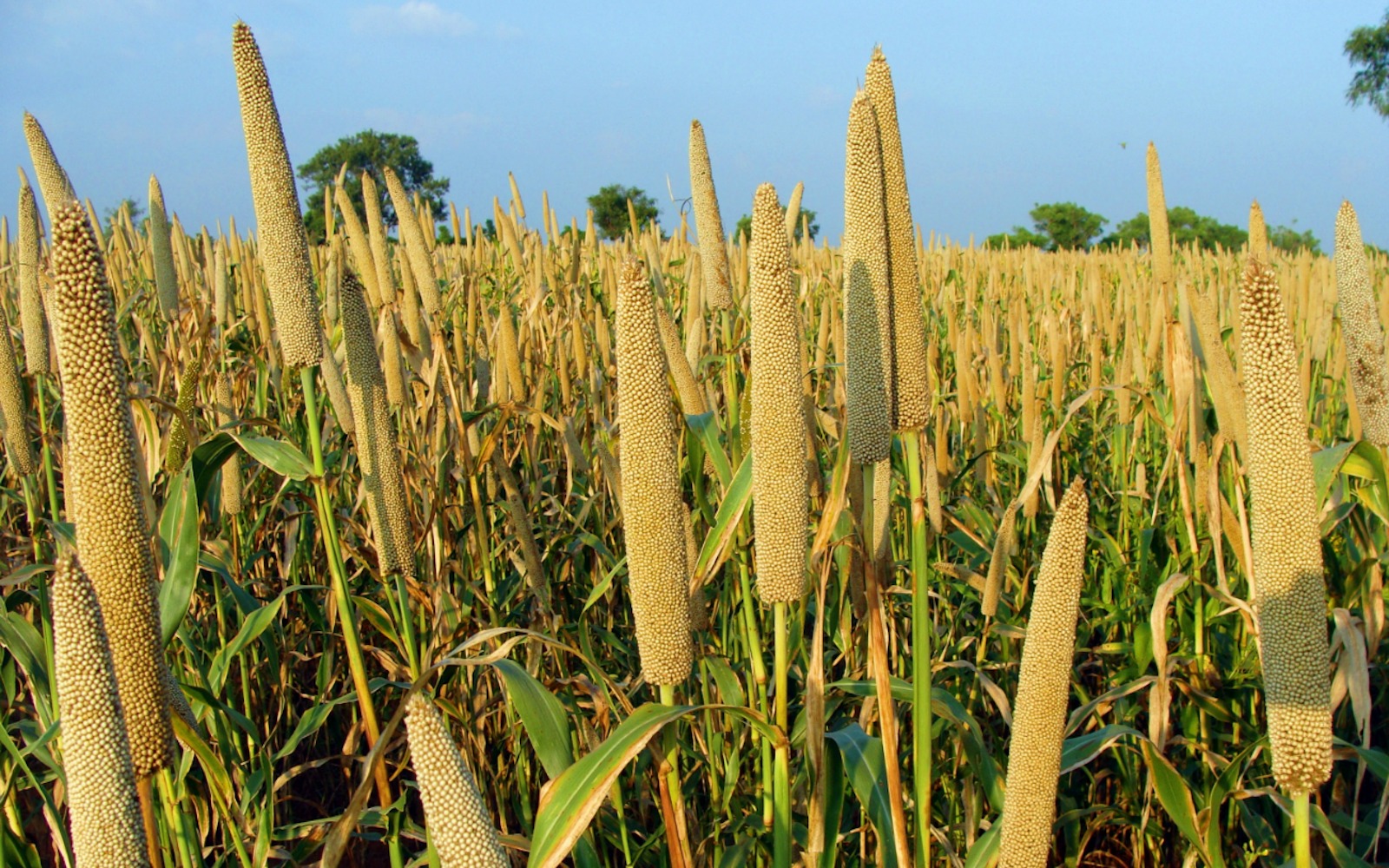Description
- Grain: Pearl millet grains are small, round, and usually pale yellow or whitish in color. They are known for their resilience to drought and their ability to grow in dry, arid regions where other crops may struggle.
- Flour: Pearl millet flour is a gluten-free flour that is gaining popularity due to its nutritional benefits.
- Flatbreads: In regions where pearl millet is a staple food, it is commonly used to make flatbreads such as roti or bajra ki roti.
- Porridge: Pearl millet can be cooked into a thick porridge-like dish, often eaten as a breakfast cereal or a hearty meal.
- Beverages: In some cultures, pearl millet is used to make traditional beverages. For example, in parts of Africa, pearl millet is fermented to make a beverage known as “mahewu” or “mahangu,” which is rich in probiotics and nutrients.
- Snacks: Pearl millet can also be popped like popcorn and seasoned as a crunchy snack. This is a common way to enjoy pearl millet in some parts of India.
- Nutritional Benefits: Pearl millet is highly nutritious, rich in protein, fiber, vitamins, and minerals such as iron, magnesium, and phosphorus.














Reviews
There are no reviews yet.